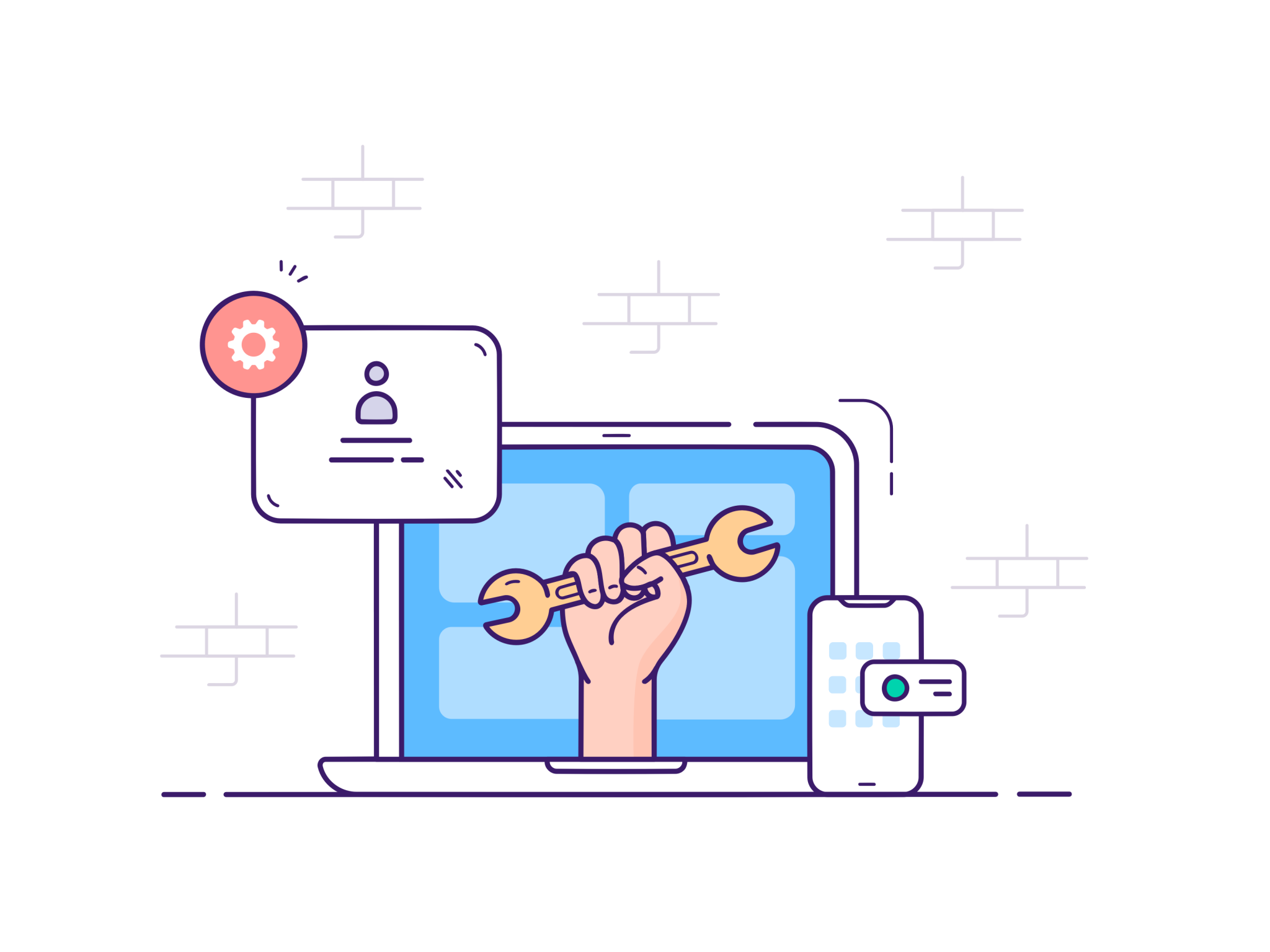
What is a job description?
Well, first and foremost it’s a tool that when used properly can drastically increase your chances of closing a role. But most people don’t know how to transform them in this tool and are satisfied with just detailing qualifications and responsibilities.
But a little psychology knowledge gets you a long way and I’m going to tell you how to rely on motivation theory to write meaningful job descriptions that will convince people to read it all and also apply to the job.
Let’s start here: motivation

Being engaged, interested, persistent, excited, oriented towards any goal - eating the chocolate is also a goal, implies activation and intention and are core elements of motivation (intrinsic for most cases). And one can easily see why this area has become crucial in the modern world as it leads to fulfilling objectives, or if you’d like productivity.
Being motivated means doing the job.
But people aren’t always in this state and even then, they differ quite a lot in how they manifest their motivation, what they perceive as being a motivator. So psychologists have tried to understand if there is a common ground that can tie together these differences and bring them under a single root. They succeeded, of course, and now we have multiple theories that explain our intentional behaviour, aka motivation.
Let’s pause here: self-determination theory

Stemming from studies on growth and personality, human behaviour can be explained by identifying three basic needs: autonomy, competence, relatedness. We experience autonomy when we have ownership of what we do and is in line with what we want. Competence refers to succeeding in our pursuits. Relatedness concerns reciprocal care. There is an extensive body of literature on this matter so if you want to know more about it head here.
So we can arrive at writing job descriptions
You can try to incorporate these three basic needs when writing your job descriptions and in doing so you will offer valuable information that can depict the job in a way candidates will find attractive, full of life, easy to read and understand.
#1 Autonomy

Being under someone’s watchful eye can have learning benefits but can also undermine a person’s sense of freedom.
Choosing at least a part of what you can do in your job is empowering and provides the chance to materialise own thinking.
- Is there room for pet projects in your company?
- How much micro-management is required for this role and for how long?
- How can the employee change something that is not working properly?
- What decision can be taken in this role and what’s their impact?
To what extend can the employee pick their tasks according to their own linking?
#2 Competence

The need to grow is strongly embedded within ourselves and work is an important means to feel accomplished, useful, resourceful.
Think about how you can describe the problems that need solving.
- What are the puzzles?
- What is the prize?
- How does the person doing the job know when they do well?
- What are the KPIs that this role is evaluated on?
Picture the accomplishments the new employee can have, tell them what to expect to achieve in the next 3 months, 6 months, a year.
Have someone else from the team talk about their experience, their learning curve, the challenges they faced and how they feel they have contributed to the company, product, team.
Detail the learning opportunities you provide, don’t just list them. The company offers certifications or tickets to conferences, and then what? How is the flux of knowledge flowing between colleagues and teams?
- What are the team’s core skills?
- Can employees migrate to other teams in time?
- How is the career path implemented?
Be generous with the information but don’t divagate, and don’t be afraid to incorporate other media or even create your job description as a LinkedIn story or YouTube video.
#3 Relatedness

Group belonging, social interaction, a sense of identity are key factors in reaching a high level of wellbeing. We desire to be part of social institutions that mirror our values and we tie strong connections with people who are more like us.
Social media has a huge impact on how we perceive social life and can prove to be instrumental in how you can convey the inner workings of your team to future employees.
- If your company has an Instagram feed, link it. If you have pictures from social gatherings, make an album and share it
- Name the colleagues the future employee will have - in most cases they will not be working with the recruiter and share something about them or even better, link their LinkedIn profiles

One of the biggest fears we face when changing a job is changing the people we have been working with. Because it requires a new process of adaptation, behaviour modification, a new effort to integrate into an already-formed group. Seeing the persons you will work with from the beginning might spark an immediate connection.
If you are wondering where the requirements, responsibilities, benefits sections are left, you might be still stuck in the same template-structure mindset we all have. Try to see replace it with a narrative, a more conversation-like style, where candidates can feel engaged and part of the discussion, but of course, prepare a short version where all the key criteria are emphasised. Nobody has time for reading two-pages long job descriptions.
Introducing the developer’s
console.
Sign up to our newsletter and you will receive periodic updates of new blog posts, contests, events and job opportunities.
